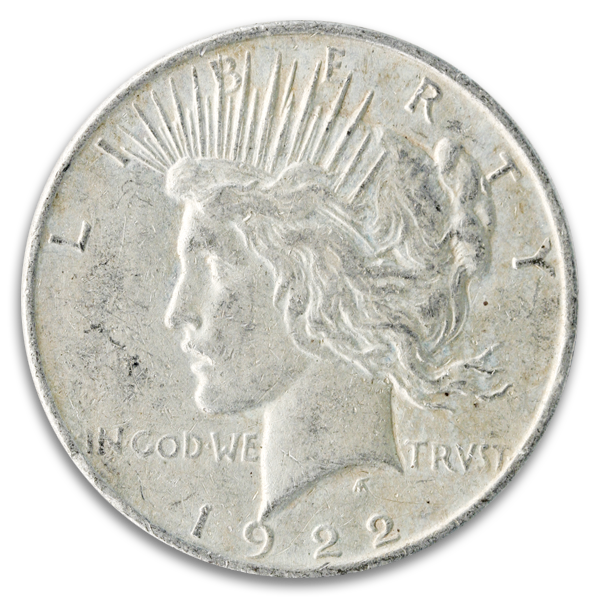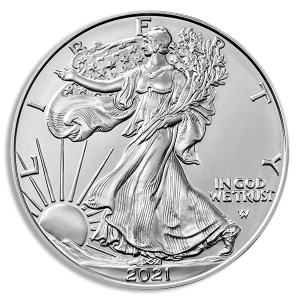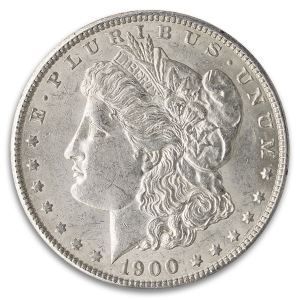Circulated American Silver Peace Dollar (Dates/Types Vary)





High Demand Product
Order in 1 click2025/12/16
QUICK AND EASY
2025/12/14
Fast & efficient.
2025/12/11
I wish they were open a little longer, for west coast customers.
2025/12/09
So easy to order! Nice people! Have never had a problem with any order over the years!
2025/12/07
Easy
2025/12/05
Great products as always
Introduction
The Circulated American Silver Peace Dollar stands as one of the most iconic silver coins in United States history. Struck from 1921 to 1935, these coins were issued to commemorate the restoration of peace after World War I. Each piece offered here is circulated, giving it the charm, originality, and character of a coin that has genuinely passed through the hands of earlier generations. Dates and types may vary depending on available inventory.
History
Designed by Anthony de Francisci, the Peace Dollar was created following a national competition to symbolize America’s hope for lasting peace. The coin made its debut in 1921 as the last circulating silver dollar of the U.S. Mint. Its issuance marked the transition from the Morgan Dollar era to a modern representation of liberty and national optimism. Production continued through 1935, ending just before the United States abandoned silver dollars altogether.
Design
The obverse showcases Lady Liberty in a modern, youthful portrait wearing a radiant crown reminiscent of classical depictions. The reverse features a powerful American eagle perched on a rock, resting on an olive branch while gazing toward a peaceful sunrise—an intentional symbol of unity and hope. In circulated condition, each coin carries unique wear patterns that highlight its age and journey through American commerce.
| Metal | Silver |
|---|---|
| Weight | 0.7734 |
| Fineness | .900 |
| Diameter | 38.1mm |




















